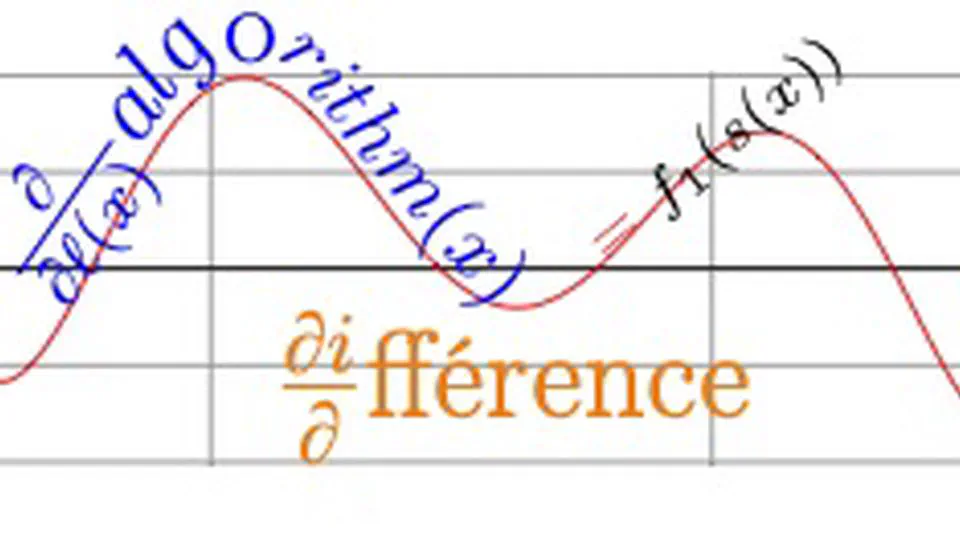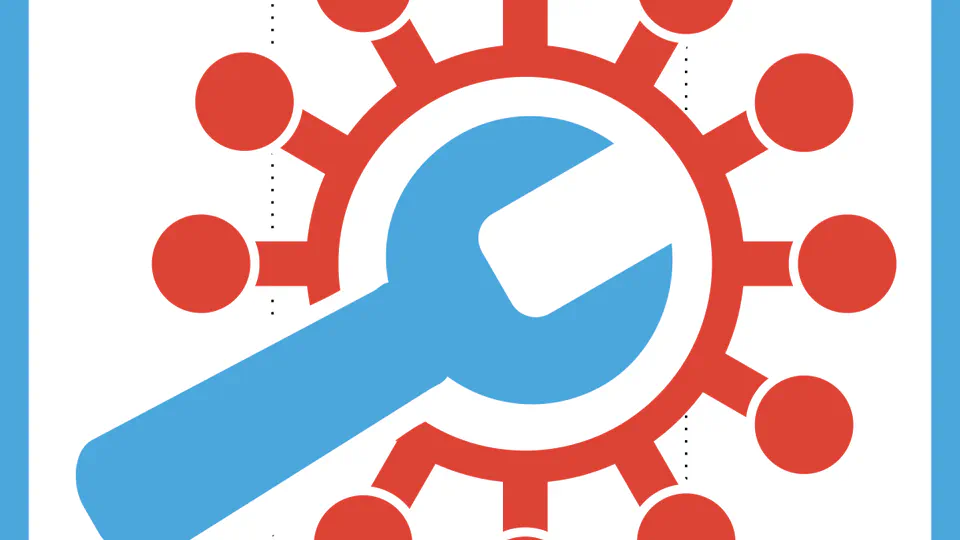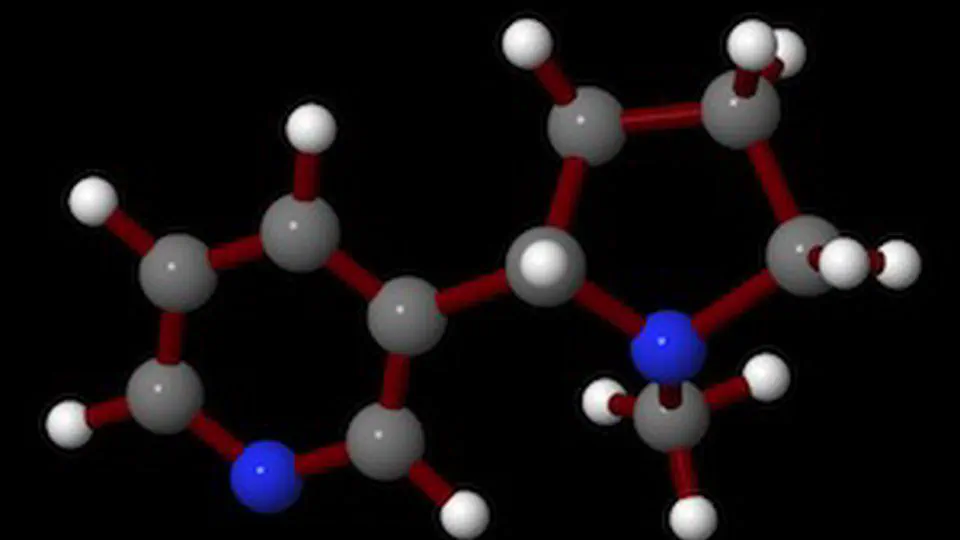Biography
Since 2002 I am a permanent researcher (CR) in the Lifeware (formerly Contraintes) group of Inria Saclay (formerly Paris-Rocquencourt).
My research interests focus around Computational Biology and Theoretical Computer Science. In this context I’m one of the main developers and maintainers of the BIOCHAM platform. This is where most of the techniques I develop, using Constraint Programming, Model-Checking, and other formal methods get implemented.
On top of my BIOCHAM developments, you can find below other side projects concerning Vim, Prolog, etc. I used to maintain separately Nicotine, a constraint-based software for Petri-net invariant computation and Tropical equilibration, but it has now been completely merged into BIOCHAM.
I was teaching for about 15 years in the MPRI and for two years in the AI&AVC Master. You can find below more information.
I am president of Inria Saclay’s Scientific Commission, and since 2016 I was on various Ph.D. grants committees. When I was in Rocquencourt I was president of the Doctoral Committee for quite some time, and of the Technological Development Commission for a few years.
- Constraint Programming
- Computational Systems Biology
- Model-Checking and Petri nets
- Structural analysis of ODE-based models
-
HDR (Accreditation to Supervise Research) in Computer Science
Université Paris-Sud
-
Ph.D. in Computer Science
Université Paris Diderot
-
MSc (Engineering degree and MSc equivalence) in Computer Science
École Polytechnique
I teach/taught in the following frameworks:
-
in the Paris Computer Science Masters (M2 Research), I am in charge of the Constraint Programming course;
- class 1 - Introduction to CLP, operational semantics, examples
- class 2 - CLP: fixpoint semantics
- class 3 - CLP: logical semantics, CSP: solving by simplification and domain reduction
- class 4 - CLP: the Warren Abstract Machine, CSP: Symmetries
- class 5 - CLP: typing; CHR; Programming project discussion; MiniZinc and CLPZinc
- class 6 - CC: examples, operational and denotational semantics
- class 7 - CC: linear logic semantics; LCC
- class 8 - LCC: logical semantics, links with CHR; EMoP: modules for LCC/CC/CLP
- I used to be for several years teaching assistant for Java classes corresponding to the Informatique Fondamentale lessons of Jean-Jacques Levy at École Polytechnique. Then I taught in the third year course about “Constraint-based Modeling & Algorithms for Decision Making”, the 2nd year MODAL “Programming in the Language of Life” and the Bachelor course on “Constraint Logic Programming” (plus some other TA things here and there)
I also supervize some internships on the dedicated page of the Lifeware team.
Mac and Mac OS X
- Though I am mostly using Macs, I don’t use much Apple applications.
Therefore, besides the software listed in next section and mostly obtained
through Nix-darwin and Homebrew, I use:
- Firefox,
- Hammerspoon,
- VLC,
- LibreOffice,
- Gimp.app and Inkscape,
- iTerm2 or kitty (when I was still using vim)…
Other software
-
Debian remains my preferred Linux distribution, for philosophical as well as practical reasons (package management, administration scripts, security updates, etc…);
-
I used to be from times to times under OpenBSD, the best platform for security;
-
I used Vim for more than twenty years as text editor, for almost everything (mail, web pages writing, programming, etc…), and most of the time its newest incarnation NeoVim. I still love its modal design and fast response. The best book I’ve found on the topic is by far Practical Vim by Drew Neil;
I developed a prolog mode (syntax highlighting, and more…) that extends the standard prolog mode. It also provides a few useful key bindings and a better detection of prolog files (.pl not defaulting to Perl mode anymore);
-
I use Exuberant Ctags to move around the many heterogeneous (typically C and prolog) source files of my applications when I don’t have a good enough Language Server Protocol implementation available. I thus needed to add a few lines to my .ctags config file to get the behavior that I wanted;
-
mutt was my mail-client (MUA) and slrn my news-reader. They have a quite close, and very customizable, interface;
-
These days I’m mostly living in Emacs (Doom Emacs) using mu4e for mail, elfeed for rss, magit and AucTeX for their respective features, and of course org-mode…
Languages
-
I mostly use LaTeX when it comes to producing documents, and for some time I’ve been very happy with the beamer class for slides, that I did customize for our internal needs. I do generate some of these LaTeX slides from org-mode source;
-
Besides SWI Prolog and C, the language I mostly use, especially for scripts, is Python, which replaced Perl and its wonderful CPAN archive with its package index. I must admit to also write some shell-scripts, which is made quite easy thanks to ZSH resources like zsh lovers or zsh tips;
-
concerning HTML, there are many good resources like the W3C web site, but I have to link A list apart a wonderful design blog, especially all the content by Ethan Marcotte, and HTML5 Rocks a Google project with everything you need to know about HTML5.
The game of Go
I’m probably playing more Hive than Go but I have played Go for sure for much longer…
-
Fédération Française de Go everything you ever wanted to know about Go in France;
-
Sensei’s Library: a Wiki site that has become the most useful FAQ about Go;
-
OGS a simple yet nice Online Go Server, in your browser;
-
Gobase: a seemingly infinite source of information (players, articles, SGF games, etc…);
-
The Go club of Boulogne Billancourt where I used to play each and every week doesn’t exist any more, but I later joined the first online club affiliated with the French federation: SitS
Blackjack
Everybody now wants to play Hold’em, but…
-
Gambling Book Reviews: very good book reviews, with among others BJ books;
-
The Gamemaster Blackjack School: a free 24-lesson class on card counting;
-
Knock-out Blackjack is the book that taught me card counting.
-
Blackjack Review Network: an excellent page with very good thematic forums;
Dance
-
I enjoy a lot dancing (and listening to) Cuban Salsa
-
Fiesta Cubana.net is the (French) reference forum;
-
My Salsa wishlist to get on Amazon or not.
-
-
Argentine Tango is now rather a nice souvenir…
-
Mephisto Tango: an association providing high quality classes;
-
Tango-L: the authoritative mailing-list about Argentine Tango;
-
Useful web pages
-
To make reservations or just check schedules/rates, I used to use Trainline instead of the official SNCF-Connect site from the French railways company, but since they were bought out their customer support has gone ugly and they leak private data to FB and such, so…;
-
Webster’s online dictionary, a reference, as well as dictionary.com and JDIC (English-Japanese, Japanese-English, and more…);
Contact
- Sylvain.Soliman@inria.fr
- +33 1 74 85 42 43
-
Bât. Alan Turing, 1 r Honoré d'Estienne d'Orves, Campus de l'École Polytechnique
Palaiseau, 91120
France - Office 1114, second Floor





